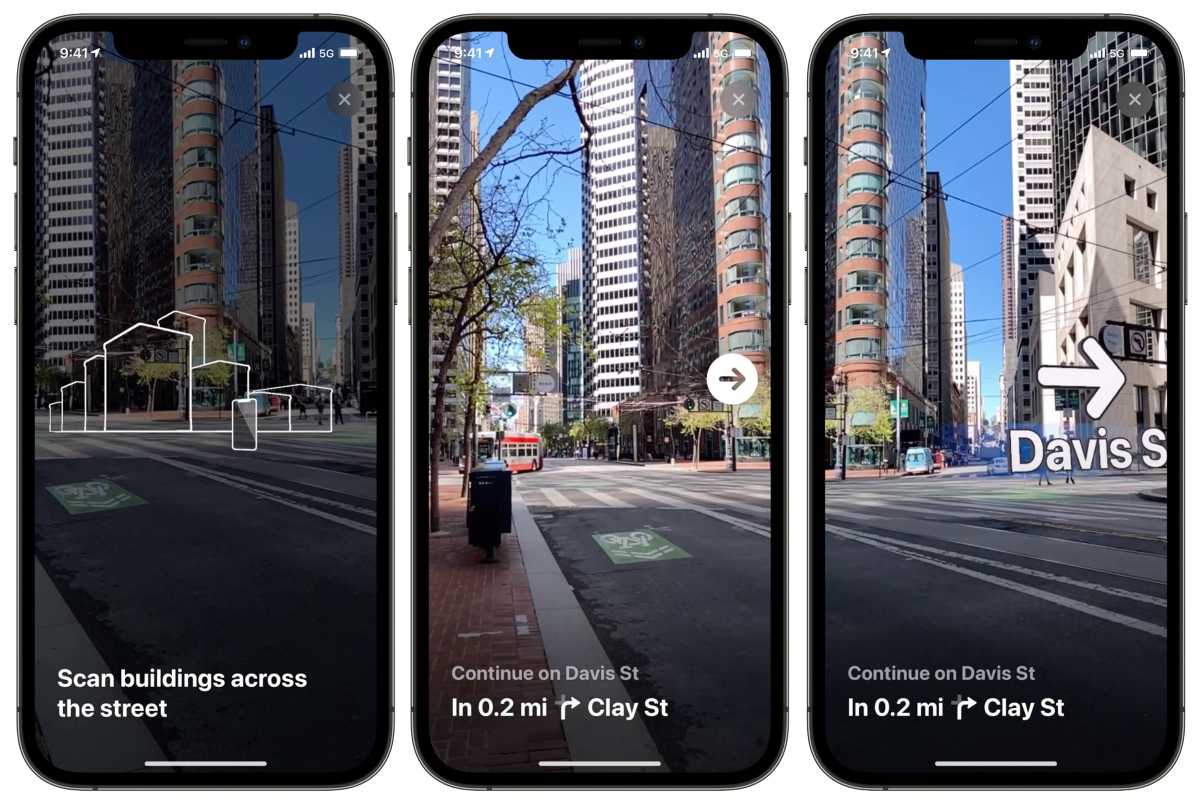If Apple keeps letting its software slip, the next big thing won’t matter
- 15 November, 2021 23:00

Tim Cook (CEO - Apple)
One of Apple's best qualities is the time and energy it spends on pushing the envelope of technology. In recent years, it's debuted impressive camera features, world-class tablets, amazing processors, and much much more.
But one challenge with continually moving the state of the art forward is that sometimes it comes at the expense of making sure the technology that's already here works as well as it can. After all, if you have to add a dozen new features in a year, that could mean taking away from work enhancing reliability, and squashing bugs in existing features.
We've all encountered a slew of problems -- some simple (if ridiculous) to fix, others are maddeningly difficult to troubleshoot. As our devices get more and more complex, it's all too easy for some of those problems to persist for years. And though the best part of the Apple experience has long been it just works, the question is… what happens when it doesn't?
Uneven distribution
As sci-fi writer William Gibson famously said, the future is already here -- it's just not evenly distributed. While Gibson's comment resonates mostly on a socio-economic level that is borne out by Apple's not inexpensive technology, it's also embodied geographically by the company's work: if you're interested, you can see which Apple features are available in which regions.
Many of these, of course, are due to restrictions and laws in specific regions or places where, say, Apple has not prioritised language localisation. But some of them are cases where features have been rolled out only slowly to certain places.
For example, in last year's iOS 14, Apple finally added cycling directions to its Maps app. But a year on, that capability is still limited to a few places: mainland China, California, and a handful of other cities around the world. Much as I would like to be able to find routes that take advantage of my local bike lanes, I still have to turn to Google Maps for that.
Likewise, this year's fancy new augmented reality walking directions, which remain available in just a few California cities, New York City, and London. When will they come to where I live? Who knows.
It's surely less exciting for Apple to think about rolling out
these (in some cases years old) features, especially those which
might require a large degree of legwork, to various places than it
is for the company to demonstrate its latest shiny feature, but it
also means that sometimes these features don't make it to many, if
not most of the users of its devices. Uneven distribution,
indeed.

To error is machine
It's happened to pretty much any Apple device user: You go to use a feature and it just doesn't work. Sometimes there's no explanation as to why; other times, there's just a cryptic error message that provides no help at all.
To use an entirely anecdotal experience from just this past week, Apple's new Memories feature surfaced one of its algorithmically created videos showing a trip my wife and I took four years ago that day. I thought it was fun, and I went to share it with her only to get an error that Photos could not export the selected memory.
Leaving aside the slight sci-fi dystopian nature of that error, I did what any self-respecting techie does and googled the problem.
But after trying a number of the usual fixes -- force-quitting and relaunching Photos, restarting the phone, making sure all the pictures in the memory were downloaded -- I still hadn't gotten anywhere. In the end, I just walked over and played the video for her on my phone. Not exactly the experience that Apple was promising.
Shooting trouble
Sometimes what we're dealing with in the aforementioned situations are what we call edge cases. Apple engineers surely do their best to test their features with a variety of hardware, in different places, with different settings. But even their time and resources are limited and there is an infinite number of variables, from cell phone signal strength to the number of apps installed, to a geographic location that can affect the way our devices work.
Nobody expects Apple to catch everything, but the question remains: when these problems do arise, what do we do about them? One thing Apple could improve is the ease for users to report issues they encounter. Too often, I see missives posted on Apple discussion boards that encourage people to get in touch with Apple support…which often means a lengthy reiteration of the old troubleshooting canards (Did you restart the phone? Have you tried it on Wi-Fi and cellular? Have you reset everything and tried those steps again?).
While these can sometimes solve problems, if not actually explain them, it's not a process that most consumers are likely to go through. And when those steps don't resolve the issues, users are often left with a virtual shrug.
Likewise, while Apple does provide a place to send feedback about products, it's explicitly not a way to report problems. (Not, for example, like the Feedback app that includes iOS and macOS betas, which at least offers a canonical feedback ID.) Making it easier for users to report bugs and unexpected behaviour would go a long way to helping owners of Apple products feel like they're not simply shouting their frustrations into a void (aka Twitter).
If Apple can't improve the reliability of its software -- and, to a certain degree, it can never guarantee that everything will work perfectly for everyone -- it at least owes it to its users to create more robust resources for helping them help themselves.
Because there's nothing more frustrating than not understanding why a miraculous device that can contact people around the world instantaneously, run incredibly powerful games, and crunch data faster than a supercomputer of yesteryear sometimes can't do something as simple as export a video of a vacation.





